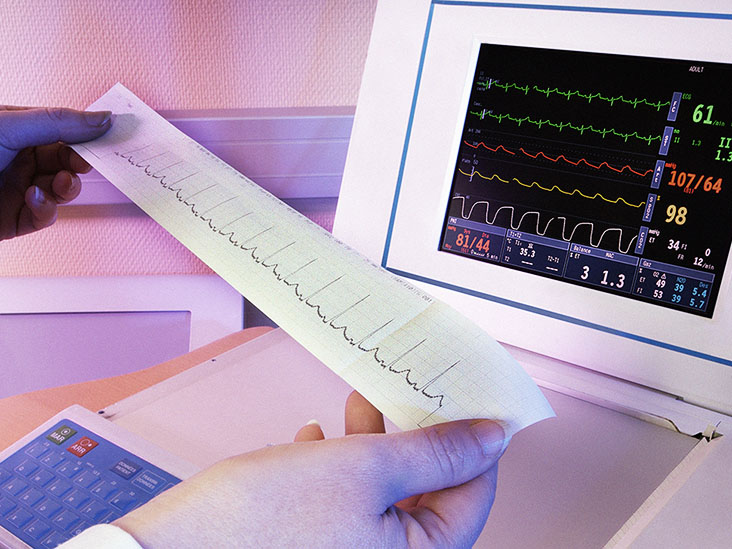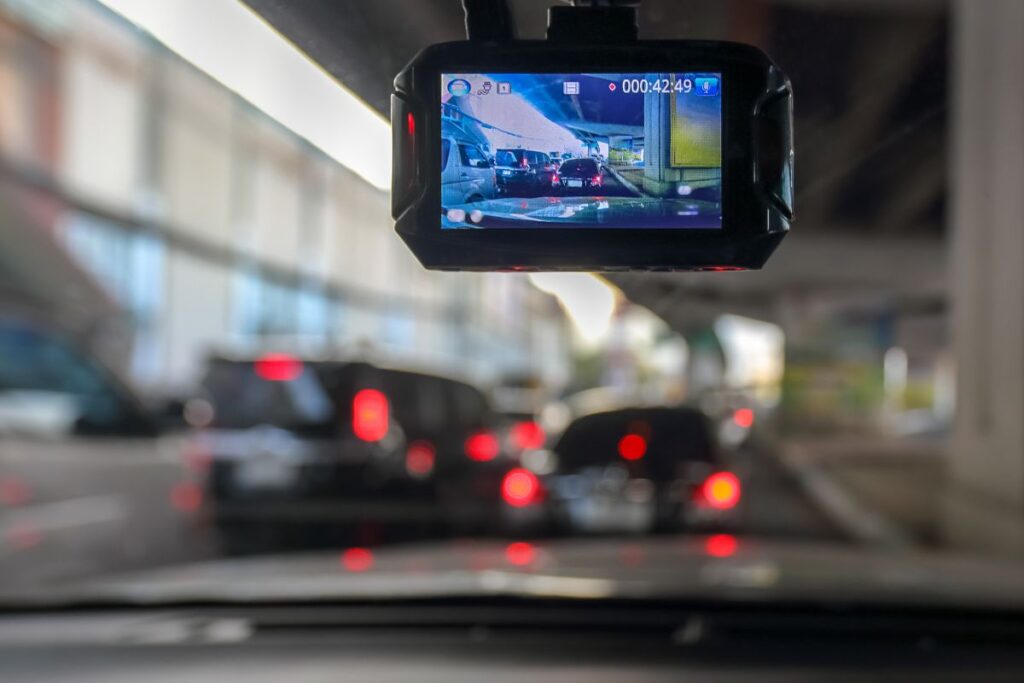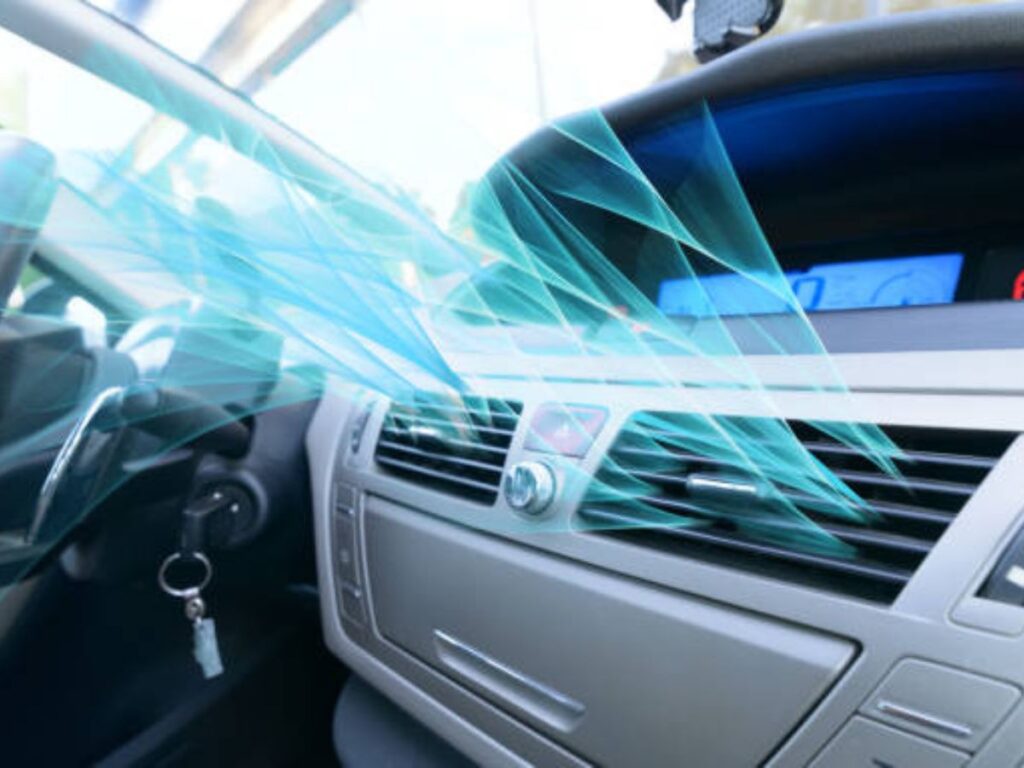Table of Contents
ToggleIntroduction Of ECG:
Taking reading in an electrocardiogram is related to your heart disease. It is used to calculate your heart’s rhythms and electrical activity. It is a common and pain-free test that is exercised to determine heart issues and observe the health of your heart. An electrocardiogram is called ECG or EKG as well. It is used in the offices of health care providers, hospital rooms, and a clinic. ECG machines are well-established medical technology in operating rooms and ambulances. It is used for many various problems such as shortness of breath, chest pain, irregular heartbeats, etc. It helps health care providers or doctors to identify the causes of these symptoms, which can cause inflammation, heart attack, or hypertrophies.
Functions Of ECG/EKG Machine:
An electrocardiogram is a non-invasive, pain-free way to detect many ordinary heart diseases. A physician utilizes it to determine or diagnose heart issues, such as:
- Arrhythmias ( unusual heart rhythms).
- Coronary artery infection ( a narrow artery in the heart causing heart attack and chest pain.
- How well certain treatments for heart problems, such as peacemakers are functioning.
- If you had a heart attack earlier.
Signs And Symptoms To Need A ECG:
- Heart palpitations
- Lightheadedness, dizziness, or confusion
- Chest Pain
- Faster pulse rate
- Breath shortness
- Tiredness, weakness, and unable to do exercise.
Types of Electrocardiogram:
There are many types of Electrocardiogram machines or ECG/EKG equipment.
Exercise ECG/EKG:
This is the type of test that monitors the activities of the heart with the help of physical exercise. It is used for the determination capacities of exercise, for detecting coronary disease, and the assessment of its seriousness. It is used to predict cardiovascular risk and observations of treatment responses.
Resting ECG:
This is the other kind of test that regulates the activity of the heart at rest.
Signal-median ECG/EKG:
After performing any activity for 15 to 20 minutes, data is gathered from this test that is done by a computer that allows the diagnosis of abnormalities of the heart that is impossible to detect through a standard ECG machine. When an arrhythmia is suspected but not visible on resting ECG devices in that case we use signal-averaged ECG.
Event Recording In ECG:
A portable loop or event recorder can detect heart activity for weeks to months, after putting the device on your body at home. Permanent data is saved only when you activate your recorder during the time when you are feeling symptoms of your disease.
Holter Monitoring:
It is another Electrocardiogram machine that records or detects your daily activities over 24 hours at home or office after wearing it.
Things you should know before taking the the the ECG test:
- The name of your test.
- The cause of your test or procedure.
- The perks and risks of the test.
- Are there any complications and side effects of the test?
- When and where should you take the test?
- What are the qualifications of the person who is taking your test?
- What are the disadvantages if the test is not taken by you?
- Any alternative of test or procedure?
- When will you get the result?
- Who to call If you have any questions after the test?
- How much do they charge you for a test?
What Happens During an ECG:
An ECG process can be on an outpatient basis or as part of your stay at the hospital. Steps of the process will take according to your conditions.
Process of ECG particularly followed by:
- You have to remove your jewelry or any other object that may cause interference during the test.
- The hospital staff will provide you with a gown that you will wear during the test.
- You have to lie in a flat but you have to make sure that you don’t talk during ECG because it may affect the results of your test.
- If there is hair on your chest, leg or Arm then healthcare may remove it as per the requirement so that electrodes may stick closely to the skin.
- The doctor will attach electrodes to your arm, chest, and leg.
- The electrodes will be attached with a lead wire.
- After attaching leads, the information will be taken on the computer.
- After starting ECG, it will take a very short time to complete its process.
- When the process is done, the doctor will remove the electrodes from the skin and will disconnect the leads.
What Happens After The Process:
You can carry out your daily routines unless the doctor tells you to change anything. Because after ECG there is no need to take special care.The doctor may provide some suggestions according to your conditions.
Risks:
As an Electrocardiogram is a painless device so there is no risk to use it. It will not provide any harm to you or your health. Because your healthcare will take your and they totally understand what is the procedure and requirements of the test, according to that they take your test and if you feel any kind of problem may tell you they will solve it.




4 Responses